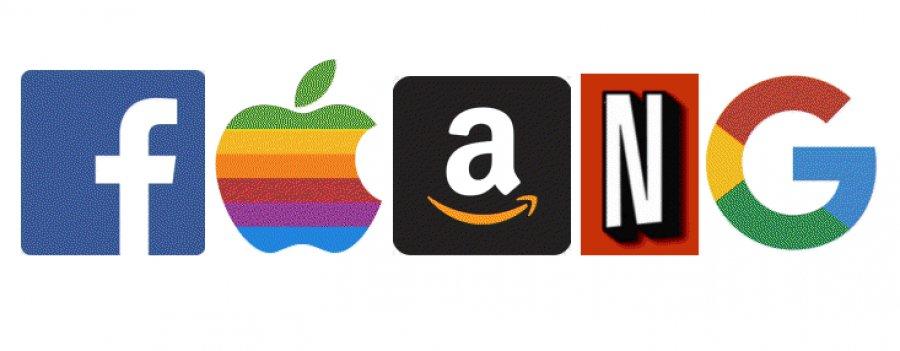
The world’s largest economy appears to have grown by about 2% in Q3 at an annualized pace, the same as in Q2, and in line with what many Fed officials understand to be trend growth. The strength of the US labor market underpins consumption, the powerful engine of the US economy. The latest readings of both the labor market and consumption will highlight the economic data in the week ahead.
The strength of the recent housing data (starts and sales) suggest that the decline in interest rates is beginning to have some traction in the particularly sensitive sectors of the economy. It seems that the economic conditions that foster residential investment also favor auto sales. US light vehicle sales have averaged 16.93 mln a month a seasonally-adjusted annual basis. In both 2017 and 2018 average sales averaged about 17.15 mln. Lower interest rates and greater average incentive (industry estimates average in September of $4.2k compared with $4.0k in September 2018) would favor a gain on the 16.97 mln pace seen in August. However, there is a quirk in the calendar that warns the report may disappoint. The weekend before Labor Day (September 2) was captured in August’s report.
Auto sales and jobs growth are cyclical. The 12-month moving average of US vehicle sales peaked in February 2016 at 17.57 mln. With all the revisions, it may be hard to keep track of it, but the 12-month average of non-farm payroll growth peaked in February 2015 at 260k. In a revealing but straightforward way, it illustrates where the US economy is in the business cycle. US job growth is slowing. The average monthly job growth this year has been 158k. In the first eight months of 2018, an average of 234k jobs were created. The quarterly average has steadily fallen this year, and it will again if the jobs growth reported on October 4 is less than 178k. The median forecast in the Bloomberg survey calls for 140k after August’s 130k. Weekly jobless claims were flat between the survey periods. Some survey data has warned of weakness. The GM strike and government census hiring could impact the September jobs report in opposite directions.
The takeaway message is lower interest rates (10-year yield is about 30 bp lower year-over-year) and lower oil prices (~15% year-over-year) maybe helping the US economy extend its recovery in the face of the end of the fiscal stimulus, tax hikes (on imports), and trade certainties and uncertainties. The economy may show sufficient rigor and price pressures sufficient firmness that a consensus toward a standing pat after two cuts may gain currency. At the same time, the Fed will likely provide some details of its assessment of the banking system’s reserve demand at the October meeting. Given the extent of the confusion among investors, it would be instructive for the Fed to separate its operational issues, the plumbing, if you will, from the conduct of monetary policy proper. Arguably a way to do that is not to announce a change in both simultaneously, i.e., at the October meeting.
When the US money market calm returns as we expect, then let’s assume for the sake of the exercise that the fed funds effective rate averages 1.85%. A 25 bp rate cut would bring it to 1.60%. The implied yield of the January 2020 futures settled last week at 1.5750%. At this juncture, the market appears to accept the Fed’s framing of the issue as a midcourse correction that will extend the record-long recovery.
II


